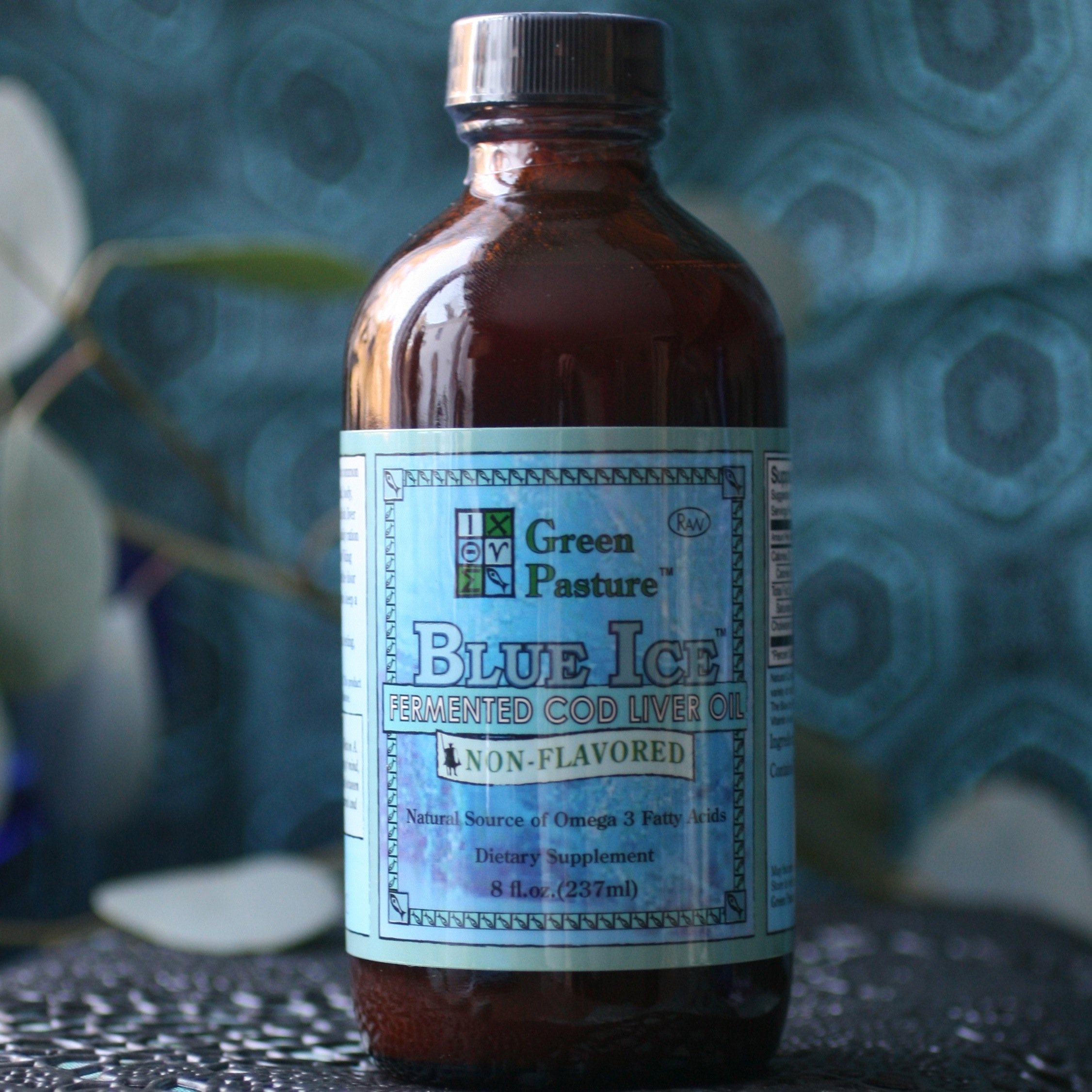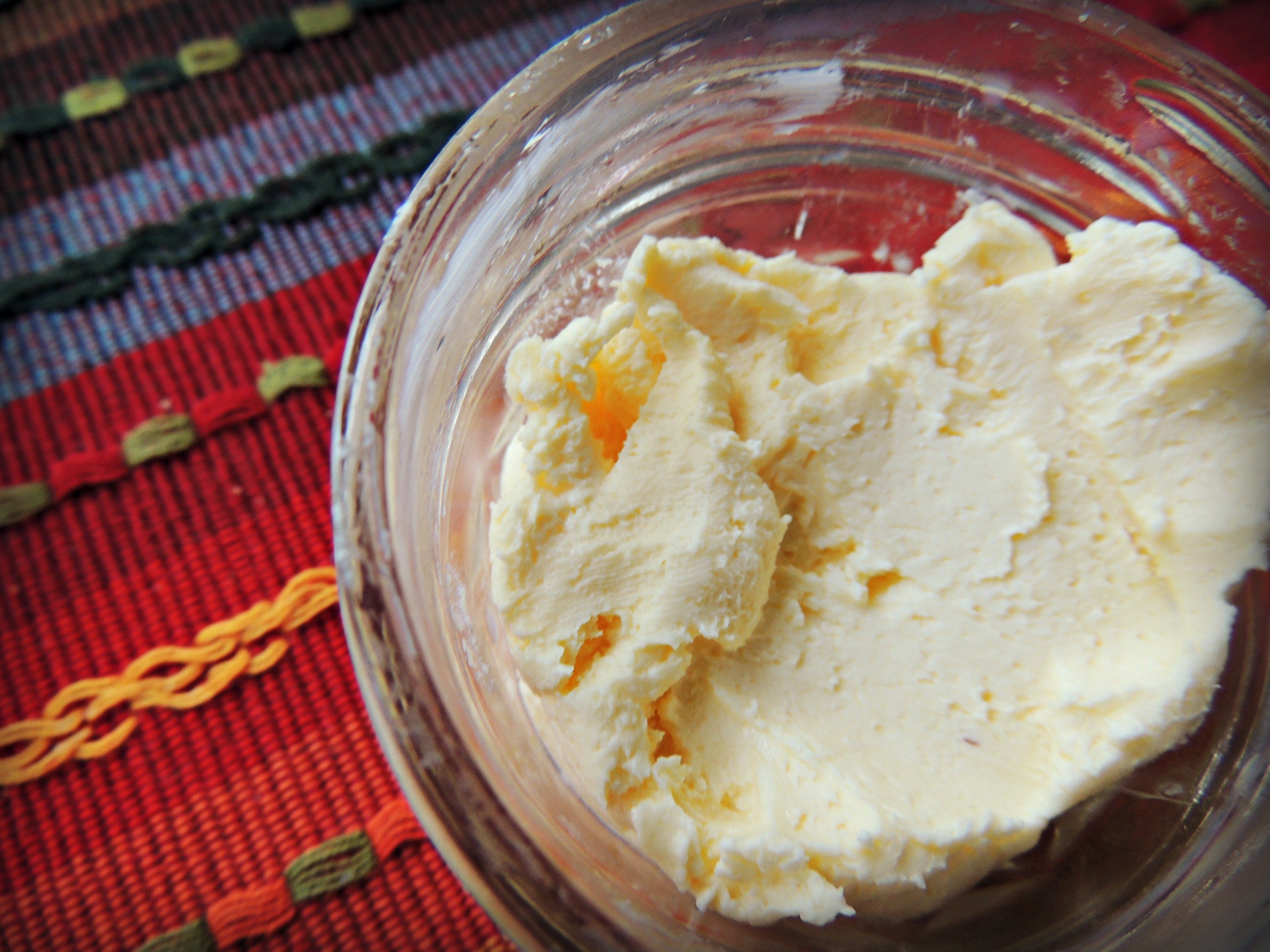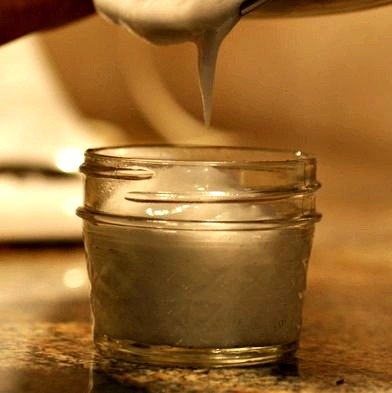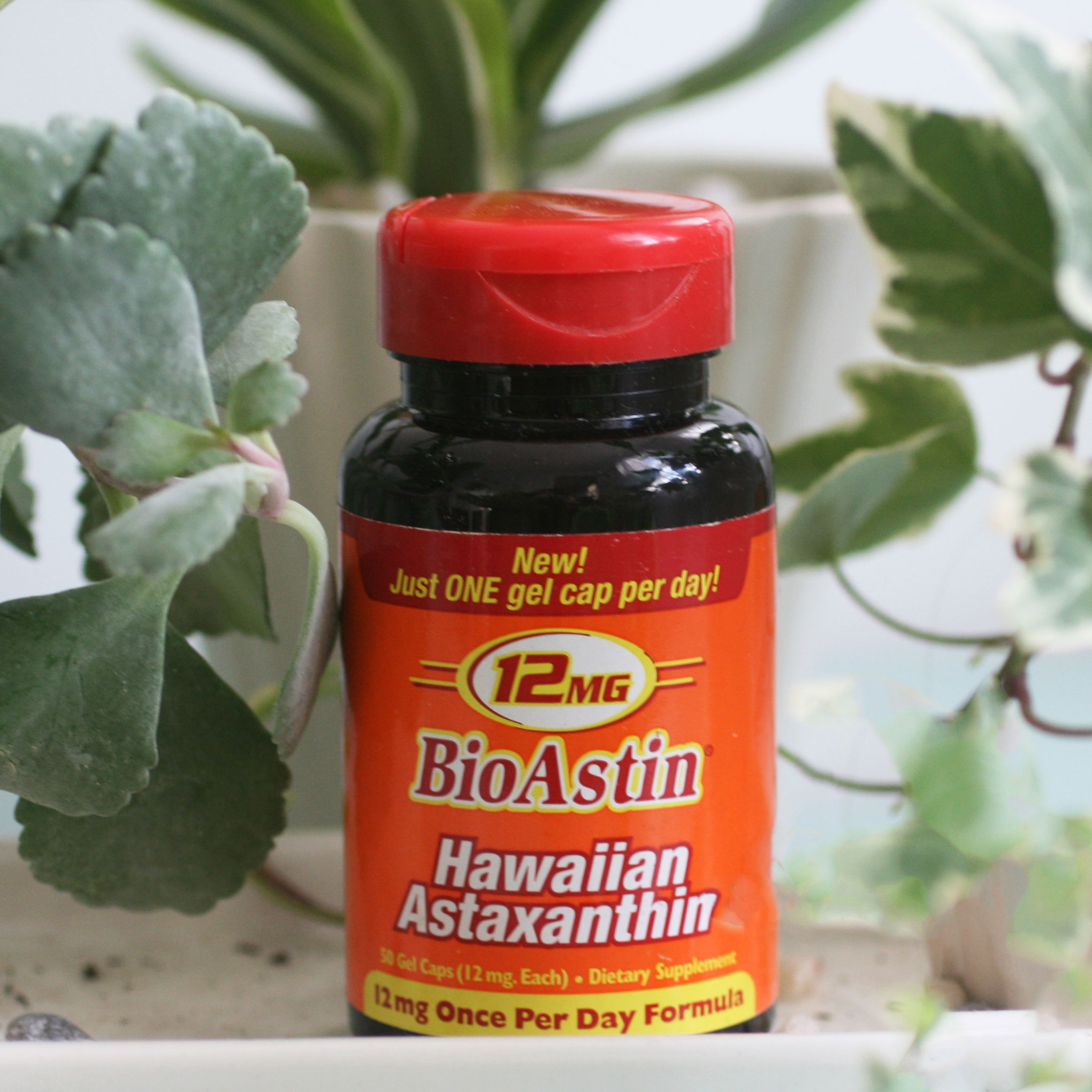As breeze filled mornings melt into lazy afternoons and the sun reaches its vibrant seasonal heights, there is a sense of tender nostalgia that prevails as summer sets in. People line parade-filled streets, colorful flowers show their charming faces, gardens hang heavy with plump veggies and bright berries, and sandy toes bring traces of the beach into our homes. With the ample hours of sunlight bringing an opportunity to frolic about outdoors, summer certainly provides a chance to refresh and revitalize both the body and mind. Yet, one of the last things you probably want is to end up with is a raw, stinging sunburn nor is it desirable to take a time out to slather yourself in slippery, white, chemical-ridden sunblock. So, let’s explore some all natural solutions for your sun-worshipping woes.

Here Comes the Sun...
Generally, we tend to think of sunlight as a relatively basic concept- something that can be simplified to a circle with a bunch of lines around it, drawn onto a page with a yellow crayon. Yet scientifically speaking, sunlight is actually quite complex. Sunlight can be more technically defined as the total frequency spectrum of the electromagnetic radiation emanated from the sun. Made up of about 1,500 different wavelengths, it is comprised of infrared, visible and ultraviolet light, which filter through the atmosphere to reach us on earth in what we experience as crisp, beautiful daylight. Apart from the obvious necessity of sunlight for visibility, warmth and also for photosynthesis of the plants we eat, studies have revealed numerous benefits for humans including:
- vitamin D synthesizing- the UVB rays of the sun react with cholesterol derivatives in the skin to produce this important nutrient. Without sunlight, this conversion cannot occur and the body must rely on the available sources in foods
- increased daytime awareness- studies show that natural light (over artificial) enhances alertness, drive and focus
- natural pain killer- several studies have shown that sunlight can have an analgesic effect, easing pain
- mood enhancing- spending time in the sun increases serotonin, your feel-good hormone
- cortisol regulating- research has highlighted the effects of natural light/dark cycles on maintaining a diurnal flow of cortisol to modulate energy and stress
- energy creating- researchers are currently looking into the potential of the sun to use a pigment in the skin called melatin to create energy for the cells
Sad Story of Sunscreen
Unfortunately, despite its many benefits, we are a culture that has been taught to fear the sun. Medical professionals and skin care companies alike have advised to either stay inside or dubiously lather up in sunscreen to prevent the damage of UV radiation from the sun. This theory has left us with an expensive and finicky solution when it comes to sun safety, all-too-often leaving us with fingers crossed, hoping that we have adequately covered all the tricky spots like the backs of the knees and around bathing suit lines with sunblock. It is quite simply an inadequate approach, and there are also some very clear concerns with using sunscreen that often go unrecognized.
The first is that sunscreens rarely work as promised. SPF is the rating system used to designate how much UV radiation is blocked upon application. With the wide variety of products out there boasting these numbers, one would logically conclude that 30 SPF is twice as protective as 15 SPF, and so on...yet this isn’t necessarily the case. Generally speaking, SPF 15 is thought to block 94% of UV radiation, SPF 30 only 97% and SPF 45 98%. Complicating this issue further is the fact that these numbers are all highly variable based on the skin type of the user, how liberally the sunscreen is rubbed on, what kinds of activity one is engaged in, frequency of reapplication and what time of day you are spending in the sun. Therefore as companies continue to design evermore expensive, high SPF, “waterproof” sunscreens- there is little actual improvement on protective value. The Food and Drug Administration even recently proposed an upward limit of SPF 50 on labels in order to limit unrealistic claims about the efficacy of certain “ultra,” "mega," "superstar" sunscreens.
The next problem is the sheer chemical load pumped into these products. Many contain fragrance chemicals, parabens, harsh alcohols, toxic chemical solvents and petroleum oils that are both unstable and harmful- especially when applied with frequency to porous skin. Titanium dioxide, one of the most popular sunscreen compounds, is a “potential occupational carcinogen” according to the government, and octyl methoxycinnamate (OMC), found in 90% of conventional sunscreens, has been shown to cause damage to living tissue if it penetrates too deeply. Sadly it turns out that being a judicious consumer and reading labels isn’t very helpful either. One study found that after testing 8 different sunscreen brands, each one contained chemicals that were not accounted for on the ingredients listing. And while creating your own products at home is generally beneficial, many DIY sunblocks contain zinc oxide, which has been shown to potentially generate free radicals upon sun exposure.
6 Tips for Safe Sun Exposure
So what can we do to naturally avoid burns while still catching a good amount of healing golden rays? While it is certainly true that red, peely, embarrassing sunburns are problematic and damaging to the skin, experts are now admitting that the dangers of the sun in general have been largely exaggerated, while the benefits underestimated. Newer medical research has revealed that sun exposure is not as closely linked to all skin cancers as previously touted, and other factors such as diet, exposure to environmental toxins and a paradoxical lack of vitamin D also play a role. Luckily, there are certainly some helpful techniques that allow us to build tolerance and stay out in the sun worry-free. As always, know your body, know your skin and make the choices that are most comfortable to you.
Limit Time in the Sun

Especially early in the season, your skin needs time to adjust so that the melanocytes kick into gear to produce their protective pigment (resulting in a tan). Also note that the body reaches its full capacity of producing Vitamin D in anywhere from 20 minutes to 1 hour midday, depending on your skin tone. So after this amount of time, cover up using loose, white clothing or by finding shade. And yes, although it may be counterintuitive, white clothing has actually been scientifically proven to help keep the body cooler than wearing no clothing.
Consume More Vitamin D
While the sun helps us to manufacture vitamin D, consuming vitamin D rich foods like fermented cod liver oil and/or supplementing with quality source of oral vitamin D3 can in turn help to protect us from the UV radiation of the sun. What a brilliant cycle nature created! Learn how to best absorb vitamin D from your foods and you may very well find that your tolerance to sun exposure increases significantly.
Eat Saturated Fats
It’s true, healthy fats do truly relate to everything. Including stable, robust fats in the diet is crucial to resilient skin. Dietary fats and oils provide building blocks for skin tissues. Logically, if your skin is enriched with fragile oils, it will be much more sensitive to damage by the sun.
Balance Your Mineral Intake
Deficiencies in certain minerals such as zinc and magnesium can cause photosensitivity and sun rashes. Be sure to have your mineral status checked and consume mineral rich foods from both plant and animal sources. Bone broths and organ meats like liver are particularly balanced in trace minerals.
Rub Coconut Oil on the Skin
It may be delicious to eat, but cold pressed coconut oil is also a powerful healing agent when applied to the skin. There is anecdotal evidence showing that Polynesians frequently rubbed this precious oil on before spending long periods of time in the sun. Although it has been tested to block only about 20% of the sun’s rays, its value lies more in the powerful antioxidants it releases into the skin, which bolster natural defenses and prevents damage from long term sun exposure. Try making your own whipped coconut oil lotion.
Try Supplementing with Astaxanthin
This unique compound is a super-antioxidant found in algae and the organisms that consume it such as salmon, shrimp, krill and flamingos. Pink-red in color (hint: think about the animals that eat it), this substance has been growing in popularity as an “internal sunscreen.” Several trials using human cells have shown it to have protective effects on the skin. Although it may not turn our skin quite as romantic a hue as a flamingo, many people experience skin benefits and an enhanced ability to tan from consuming astaxanthin or krill oil.
Additional Sources
Vitamin K2 and the Calcium Paradox by Kate Rheaume-Bleue, Bsc., ND
Coconut Oil: Nature's Suntan Lotion by Dr. Bruce Fife
Tips for a Healthy Summer by Chris Kresser
Maximizing your Vitamin D from Safe Sun Exposure by Dr Mercola
The Primal Blueprint by Mark Sisson





